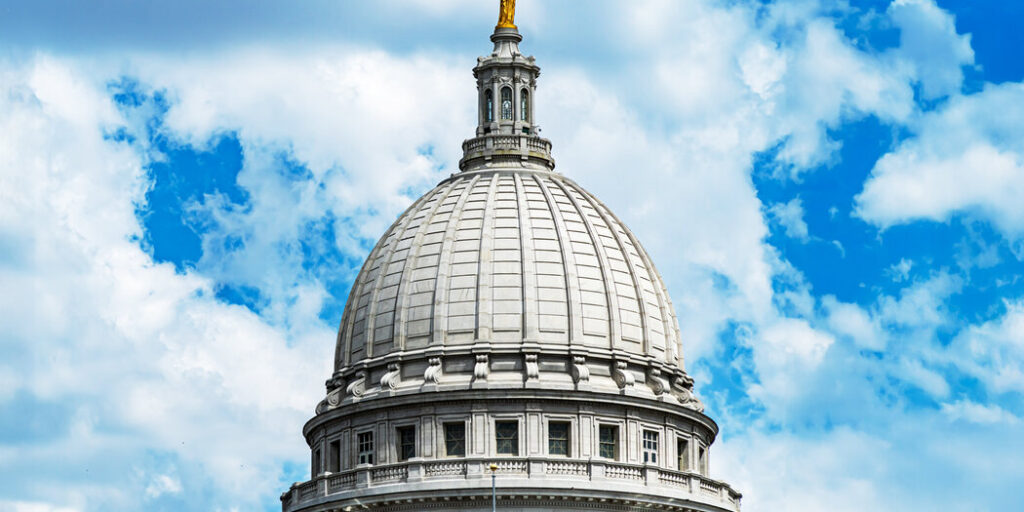Wisconsin Supreme Court Election: A Pivotal Battle with National Implications
Update 4/2/25: Liberal candidate Susan Crawford defeated conservative Brad Schimel.
The race for the Wisconsin Supreme Court has been described as “America’s most important election of the year” by an op-ed in Rupert Murdoch’s New York Post. This election, held on April 1, saw liberal Susan Crawford competing against conservative Brad Schimel. Although the contest is officially nonpartisan, it carries significant political weight, with potential to shift the court’s liberal majority.
The tradition of electing justices is cherished by voters in Wisconsin and many other states, despite the contentious nature of such elections. Judicial campaigns have increasingly mirrored the intensity and polarization of presidential primaries, replete with attack ads, dark money, and high-profile endorsements.
Currently, the Wisconsin Supreme Court race holds the title of the most expensive judicial race in U.S. history. According to data from the Brennan Center, $81 million has been spent by campaigns and committees, and there was still a week left before voting day.
In 2023, a liberal justice won a seat by a significant margin in the wake of the U.S. Supreme Court’s Dobbs decision, which overturned abortion rights. This time, Republicans are focusing the narrative on the support for Donald Trump, who recently endorsed Schimel. Meanwhile, Democrats are countering with criticism of Elon Musk’s financial involvement in the state, where he has never resided. Musk-associated groups have reportedly spent over $17 million on the race, with tactics such as offering monetary incentives to Wisconsin voters.
Liberal and Democratic groups have not held back in their spending efforts. A state group linked to national dark money and philanthropist Lynde Uihlein has contributed $6.2 million to support Crawford. Additionally, billionaire George Soros has invested $2 million in the campaign.
Despite the massive expenditures, much of the financial backing remains untraceable. Crawford has directly spent $22 million, more than twice Schimel’s $10.4 million. However, independent expenditures, including untraceable dark money, largely favor Schimel, with $35.5 million supporting him versus $13.5 million for Crawford.
The backdrop of this election involves critical issues such as voting rights and fair representation. The Wisconsin Supreme Court has previously dealt with partisan gerrymandering, and the new composition could once again alter the electoral maps.
Reforms to enhance transparency and trust in judicial elections are being considered. Potential measures include mandating full disclosure of financial contributions in judicial races and tightening ethics rules to prevent judges from presiding over cases involving major campaign donors. The Brennan Center has advocated for reforms, such as limiting judges to single terms to minimize reelection pressures.
Campaign finance reform could shift judicial accountability towards the broader electorate rather than specific interests. Public campaign financing has been a notable success in countering the influence of substantial financial contributions in elections.
The U.S. Supreme Court’s decision in Citizens United v. Federal Election Commission deregulated campaign finance, allowing independent spending in large amounts. However, there is an indication that the Court recognizes a difference in judicial races, suggesting a potential for stricter regulations to maintain judicial independence.
State courts are poised to play a crucial role in protecting rights and democracy, serving either as a pillar of independence or as further contributors to a polarized, financially influenced system. The State Court Report project highlights these dynamics, emphasizing the importance of robust state courts in the democratic landscape.





